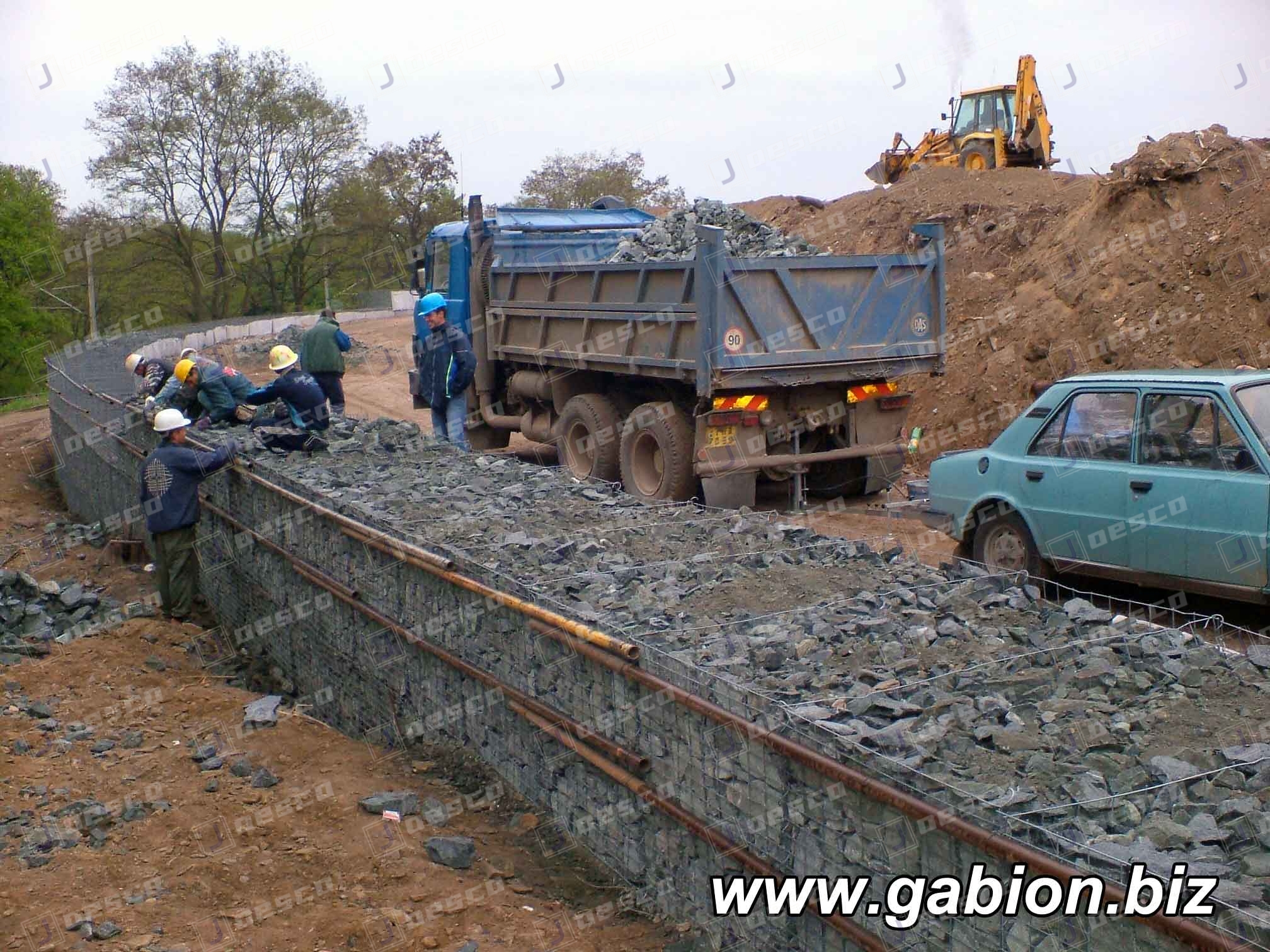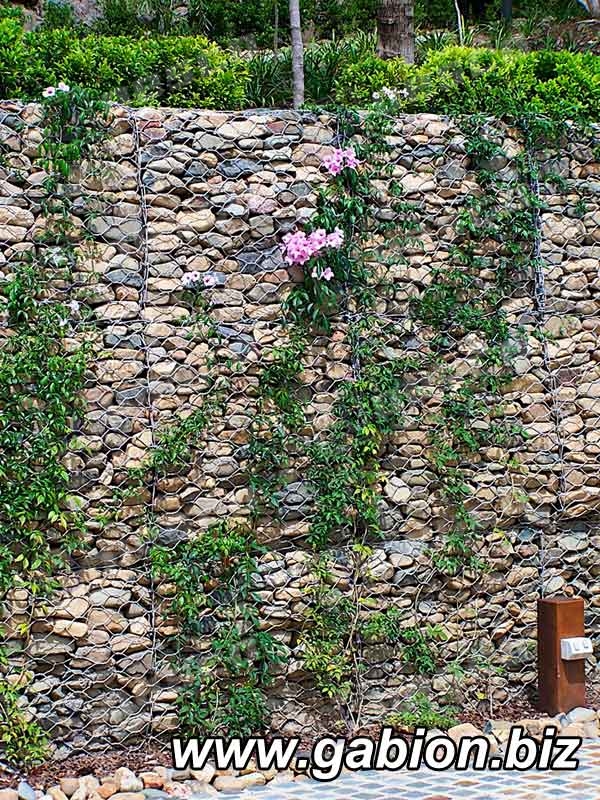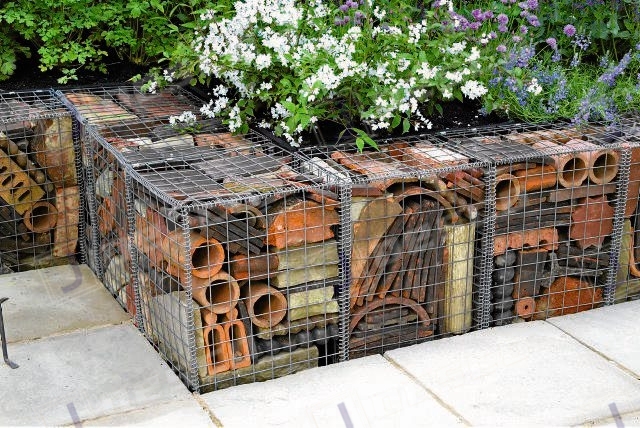Gabions are a common choice in civil engineering structures and environmental projects and have many advantages. These metal mesh containers filled with stones or other appropriate materials have characteristics such as flexibility, strength, permeability, and economy. This article will detail the advantages of gabion, showcasing its applications and advantages in different fields.

Flexibility:
Gabions have strong flexibility when subjected to alternating tension and compression forces, allowing them to deform without breaking, thus avoiding a loss of structural efficiency. The response deformation to ground subsidence or internal stress is a functional feature, not a drawback, so it has an advantage.
Strength:
The metal mesh is solid under tension because gabions are combined into a single unit. The metal mesh shell is not just a container for stone filling material, but also a reinforcement material for the entire structure. Additional strength can be added with vertical partitions. These partitions are fixed at the bottom of the mesh box, limiting the internal movement of the stone-filling material and providing additional reinforcement. The effectiveness of gabion does not weaken with time but increases. In the early stages of use, silt, and vegetation accumulate in the stone-filling material to form a natural permanent structure, enhancing the environment.
Permeability:
The gaps in the stone filling material inside the mesh box provide good permeability for the entire structure, eliminating the need for drainage systems and preventing the establishment of hydrostatic pressure, thereby avoiding displacement and cracking of concrete structures. In river engineering, stability is increased by eliminating the pressure and counterpressure generated by changes in water depth due to floods and low water levels along the riverbank.

Economy:
Compared to most building materials, the cost of metal mesh gabions is lower. Graded stone filling material is usually easy to obtain and can be locally sourced. Waste materials, such as crushed concrete, can also be specified to replace the stone. Construction costs are also reduced; ordinary laborers can easily learn to build modular gabion systems, and correctly fill and close them. Many gabion structures can be built without any mechanical equipment. There is no need for pile foundations, underwater drainage systems, or excavation projects. The first layer of gabion does not need to be drained on-site or laid in water or mud.

Low maintenance costs:
Gabion structures require almost no maintenance and can bear full loads immediately upon completion, without the usual one-month wait required for traditional concrete structures. gabion structures require little maintenance.
Conclusion:
Gabions have numerous advantages such as flexibility, strength, permeability, and economy, making them a common choice in civil engineering and environmental projects. From erosion prevention and soil stabilization to flood management and economics, gabions can provide practical, sustainable solutions. Their unique flexibility and strength make them widely applicable in different environments. As we prioritize environmental protection and economic viability, gabions are expected to play an important role in the construction industry while lowering costs and reducing environmental impacts, improving engineering efficiency.





